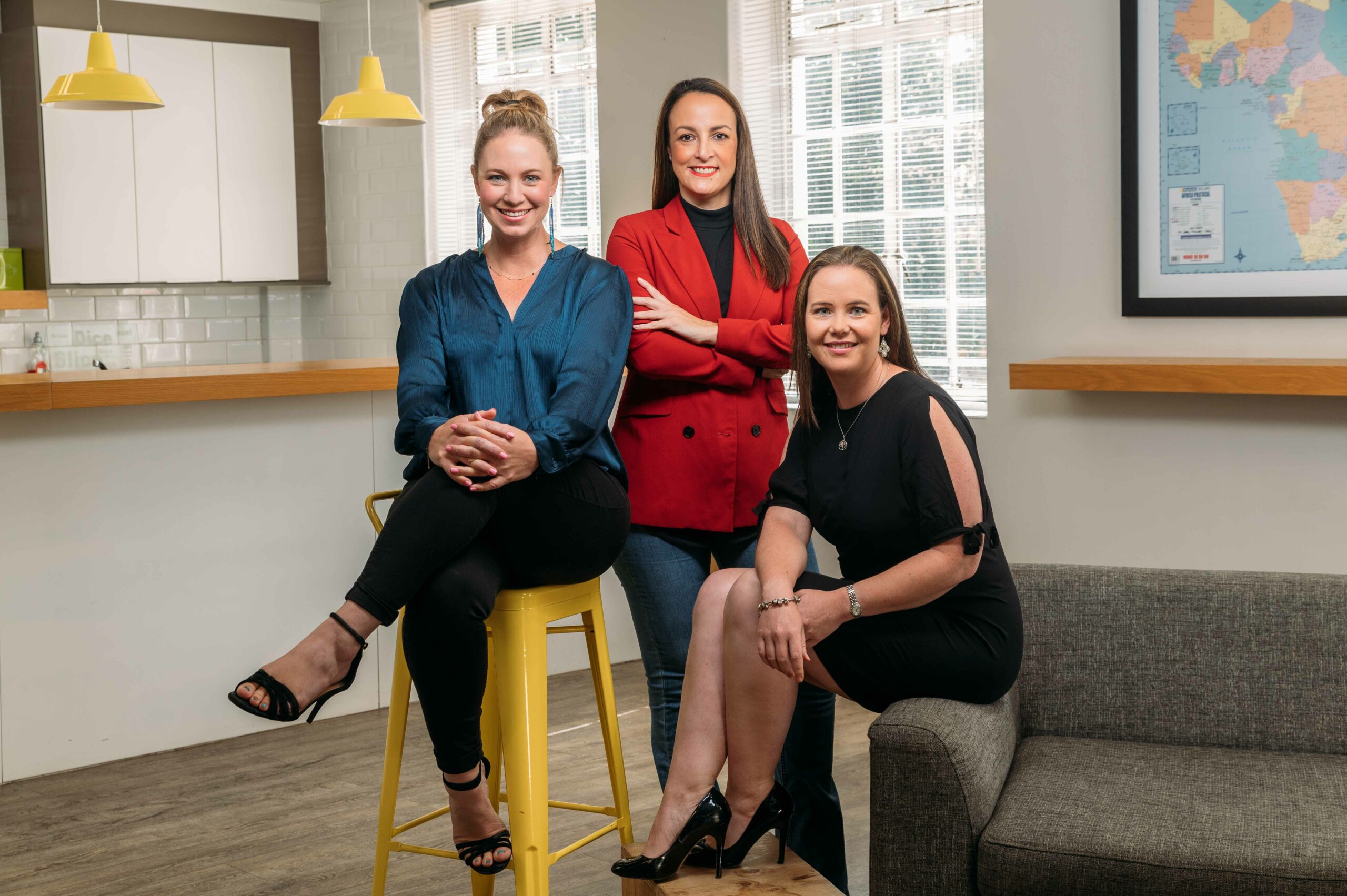
Why brands should build a community, not an audience
In 2023, consumers want more from the brands they follow on socials than ads, product shots, and the odd cute gif. People want to feel truly valued by the brands they invest in and, in return, they’ll create more value for those brands.
Treating your social media following like a passive audience is not a good way to gain their support and loyalty. Share the love with your audience by encouraging the relationship to blossom into something more – a community.
By including users in your brand’s growth journey and interacting with them directly, creating a personalised experience, you’ll build a thriving online community nurtured by the real people behind your social media presence.
In this blog, we’ll be covering:
- The difference between an audience and a community
- The benefits of building an online community for your brand
- Examples of successful online communities built by brands
Since the start of the internet age, we’ve experienced an explosion in social media and digital marketing strategies, enabling brands to reach users in new and innovative ways. People can choose to connect by visiting your page, liking and commenting on your posts, clicking through an ad, or even directly messaging your brand on their chosen platform.
But as the social media landscape becomes increasingly loud, with an unlimited number of brands vying for positions, you have to try much harder to stand out from the crowd.
A streamlined strategy that focuses on the quality and value of your social media presence is essential to ensuring success for your brand.
Read on to discover the vital difference between an indifferent audience and an engaged community, and learn from some examples of brands that are getting it just right.
Audience vs Community – what’s the difference?
Gone are the days when high follower numbers alone were an indicator of a brand’s social media success. Popularity now means more than likes and follows.
Authentic conversations, quick responses to direct messages, and public engagement with users are the new language of social media popularity.
Nurturing a meaningful community is never a one-way conversation. That means you can no longer rely on passively posting and hoping for the likes and comments to pour in. Today’s users expect to see brands actively engaging with their followers and even with other brands – whether that’s through retweeting a positive customer experience, publicly replying to a disgruntled comment, or taking part in a bit of light-hearted banter. Your presence and participation are required.
For a deeper understanding, let’s take a look at some definitions.
What is an audience?
A social media audience is a large group of users that all follow a single page – this can be that of an individual or a brand. They most likely won’t feel obliged to engage with the content posted – aside from the odd like here and there.
A social media audience doesn’t just stay on screen though – behind each user is a real person who just isn’t enthused enough by what they see online to talk about your brand with their friends and family.
In other words, an audience is a passive, unengaged group of users.
What is a community?
A community is a space where you really step things up for your audience. It’s a source of real connection and engagement, where users can share their passions, hobbies, plans, sense of humour, and other things they might have in common.
Online communities can have real-world impacts. Each participant is also a consumer and a reviewer, and has an influence on those around them
Defining the difference between an audience and a community
These are a few of the main differences between an audience and a community:
- A little more conversation – Brands talk at their audience, but they talk with their community. The difference is, in a community everyone participates. A strong sign of this is high engagement rates, including lots of comments and shares.
- Money can’t buy communities – Buying followers is one of those dirty little secrets that definitely doesn’t pay off. It can even damage your engagement rates and put real users off following. Communities need to be nurtured over time with real interaction.
- Going with the flow – Audiences can be far more critical than communities, meaning they’re more likely to jump ship at the smallest glitch. When things go wrong, communities stick around for an explanation and let it go.
- The more the merrier – With an audience, the relationship is one-to-many – a single brand with many followers. Communities, on the other hand, are made up of a whole team of people, on hand to respond and connect far and wide.
This handy comparison table may also help you to decipher the differences between audience and community:

What are the benefits of building a brand community?
- Give consumers exactly what they’re looking for – With a strong community to guide and advise you directly, your brand can focus its energy (and money) on developing products and services consumers actually want. Use your community for consumer research by asking what they’d like to see next – it makes them feel involved and reduces any risks attached to launching new products.
- Deal with issues efficiently – Good customer service shouldn’t be reserved for on the phone or in person. With a community-driven social media approach, you can respond to complaints and queries quickly, efficiently, and on a personal basis. This leads to faster and more satisfactory resolutions. The result is a better brand sentiment all around.
- Get people searching – Boost your brand awareness and SEO value by being more present both online and off. This will increase the number of people Googling your brand, leaving reviews, or talking about you on socials and forums.
- Bask in the word-of-mouth recommendations – Consumers are faced with more choice of brands than ever before, in every industry. That makes social proof all the more important when it comes to making a confident choice. If you’ve built up a strong community of users who favour not just your products, but the entire brand experience, you’ll be at the tip of their tongue when someone asks for a recommendation.
- Build trust and support – Talking to your audience as individual contributors with independent thoughts and feelings is a sure-fire way to win their trust, both on and offline. Engage with them on a personal level to nurture a deeper connection.
- Earn loyalty – With a successful community comes customer investment. As people become more engaged with your brand, they’ll start to see you as a go-to and be less open to shopping around. In other words, you’ll have a loyal customer base who feel comfortable purchasing from you on a regular basis.
Examples of successful online brand communities
Starbucks
One of the most recognisable brands on the globe, Starbucks has tens of thousands of stores in 80 countries and millions of fans of its products. But Starbucks is more than a business – it’s also a thriving community.
Part of this coffee connoisseur’s marketing strategy is dedicated to making its customers and staff really feel part of something special. From writing every customer’s name on their drink cup to promoting how closely it works with suppliers and farmers, Starbucks goes the extra mile to deliver a personal experience every time you engage with their brand.
In addition, their loyalty programmes, app, and social initiatives, which are available on a members-only basis, add an air of exclusivity for super-fans of the world’s largest coffee chain. In this case, Starbucks has taken a step further than creating a community on social media – they’ve created their very own platform for that community.
Glossier
Glossier’s brand mission is to ‘make the consumer feel seen’ – and they’re doing a great job at it. Doing more than just reshare their customer’s posts, the cult beauty brand uses UGC in its global ad campaigns, calling them their ‘Glossier Reps’.
Not only does this have the added bonus of saving on production costs, it also fosters a thriving and invested community of Glossier fans who affectionately use the hashtag #GlossierGirl to get involved.
Taking it even further, the brand has co-created products with customers and celebrity fans alike, using the internet to do what the internet does best – break down barriers.
In a world where consumers are increasingly seeking more authentic online experiences, this makeup brand has perfected the formula for a successful community.
Airbnb
Airbnb describes itself as a brand that’s ‘built around belonging’. The company is now well-known for connecting hosts across the world with travellers looking for that home-from-home experience wherever they’re staying. In a sense, the brand has a head start because the premise of its business is to connect people, but that doesn’t mean they’ve held back on community building.
You only need to check out their social channels to find evidence that Airbnb is dedicated to being the enabler of unforgettable experiences. The brand’s feeds are a constant stream of UGC content, engaging real customers and incentivising followers to book their next trip.
Are you ready to bring people together with your marketing strategy?
Now you’ve learnt everything you need to know about building and maintaining a brand community both on and offline, you must be ready to kickstart yours.
Get the L’Attitude network involved, and take your brand community global with the help of our experts.





